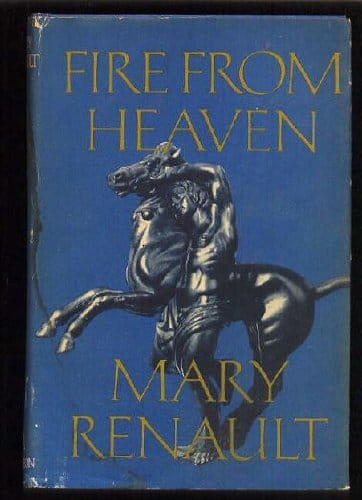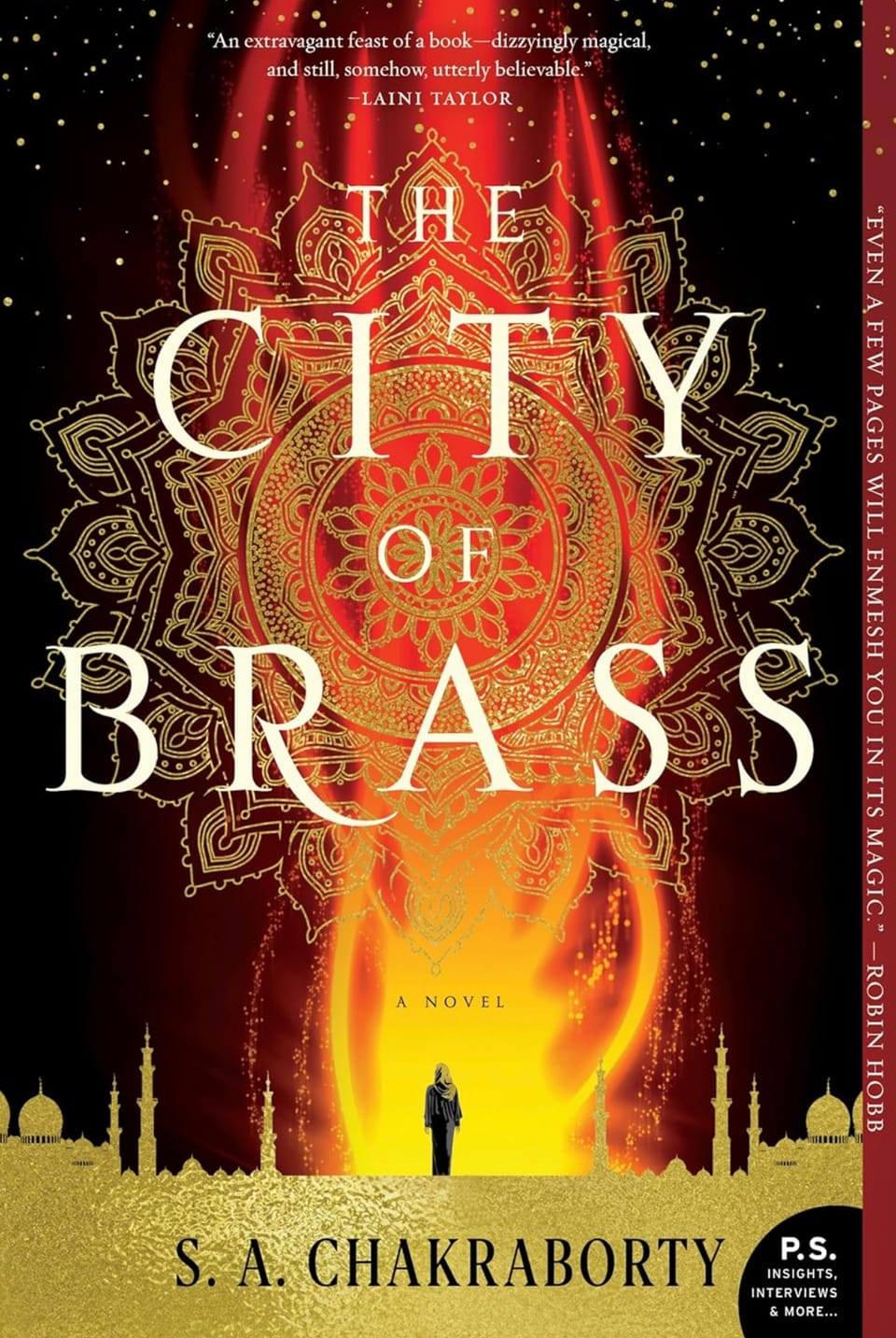Fire from Heaven: From Ancient Myth to Modern Science
Explore the phrase “Fire from Heaven,” tracing its journey from myth and scripture to meteor science and modern symbolism in this 800-word, SEO-friendly guide.

Introduction: What Does "Fire from Heaven" Mean?
“Fire from Heaven” is one of those evocative phrases that instantly summons images of blazing skies, divine wrath, and awe-inspiring power. The expression appears in myth, scripture, literature, and even daily speech, usually to describe an overwhelming force descending from above. Yet behind its dramatic wording lies a complex web of cultural memory, scientific reality, and symbolic depth. In roughly eight hundred words, this article unpacks that web, showing how the idea evolved from ancient storytelling to modern astrophysics, and why it continues to ignite the human imagination today.
Flames in the Myths of Ancient Civilizations
Long before historians kept records, skyfire fascinated early societies. Mesopotamian tablets describe the god Adad casting fiery bolts to punish cities that disobeyed him. In ancient Greece, Zeus’ thunderbolts were forged by Cyclopes and hurled from Mount Olympus, serving as both weapon and warning. Meanwhile, Vedic hymns praise Agni, the flame that bridges earth and heaven by carrying sacrifices to the gods. These narratives share three core themes: fire descends from a realm above, it is controlled by higher beings, and its arrival rearranges earthly life. By encoding natural phenomena in sacred stories, cultures made sense of lightning strikes, comet trails, and meteor storms they could not yet explain.
China’s Han dynasty records tell of “heavenly fire wheels,” bright disks blazing across the night, which imperial astrologers took as omens of dynastic change. The Mayan Popol Vuh speaks of star-born embers that scorched the forest before giving birth to humankind. Across continents, skyfire equaled transformation—destructive, creative, and ultimately divine.
Scripture and Sacred Texts: Lightning, Judgment, and Divine Presence
In the Hebrew Bible, “fire from heaven” appears repeatedly. When Elijah confronts the prophets of Baal on Mount Carmel, a bolt consumes his water-soaked offering, proving Yahweh’s supremacy. Later, fire rains on Sodom and Gomorrah as judgment for moral collapse. The New Testament continues the motif: in Revelation, fire falls to defend the prophetic witnesses and to cleanse a corrupted earth. Islamic tradition recounts bolts of flame repelling evil jinn, while Hindu epics feature weapons like Brahmastra, invoked through mantras to summon celestial blaze.
For believers, these passages do more than recount miracles; they encode theological claims. Fire from heaven signals God’s immediate involvement in human affairs—either as righteous judgment, protective deliverance, or legitimizing sign for chosen leaders. It is sudden, unmistakable, and impossible to resist, reminding readers that moral order comes from above and not from human decree.
Meteors, Lightning, and Volcanic Blasts: The Science Behind Celestial Fire
Modern science reframes the once-mystical phenomenon as natural but no less dramatic. A meteor larger than a softball enters Earth’s atmosphere at tens of kilometers per second, compressing air until it superheats and shines brighter than Venus. For a few heartbeats, observers see what ancient chronicles called a “sky spear” or “flying torch.” In 1908 the Tunguska airburst flattened 2,000 square kilometers of Siberian forest, releasing energy similar to fifteen million tons of TNT—surely the kind of spectacle older cultures would mark as fire from heaven.
Lightning, too, offers a physical foundation for scriptural episodes. A single bolt can heat the surrounding air to 30,000°C, five times hotter than the sun’s surface, and its branching fractals resemble celestial roots digging into earth. Volcanic eruptions add another layer: ash clouds charged with static electricity generate volcanic lightning so intense that nighttime eruptions turn dawn-bright, mirroring ancient descriptions of gods hurling flame from mountaintops. What once seemed supernatural is now mapped by satellite sensors, seismographs, and spectrometers—yet the emotional impact remains startlingly similar.
Why the Phrase Still Resonates: Modern Symbolism and Pop Culture
Even in an age of electric lighting, rocket launches, and real-time meteor alerts, “fire from heaven” has not cooled. Novelists use it to foreshadow catastrophic twists; filmmakers visualize it with computer-generated meteor swarms tearing through city skylines; journalists borrow it to headline reports on artillery barrages or dazzling fireworks displays. The phrase crystallizes a universal feeling: that something greater than us can break the sky’s barrier and change everything in an instant.
Psychoanalysts suggest the image taps into primal memories of lightning in prehistoric nights, encoded deep within collective consciousness. Environmental activists adapt it to depict the existential threat of climate-induced wildfires. In corporate boardrooms, “fire from heaven” describes disruptive innovation that upends entire industries. Whether literal, metaphorical, or prophetic, the expression enjoys a semantic flexibility few idioms can match, proving that ancient language still fuels modern narratives.
Conclusion: A Phrase That Bridges Earth and Sky
From cuneiform tablets to climate reports, “fire from heaven” endures as a linguistic bridge between tangible experience and transcendent meaning. Science may now chart the orbital paths of near-Earth objects and model the electrical anatomy of storms, yet the raw spectacle of skyfire still arrests our senses, humbles our intellect, and rekindles our oldest stories. Understanding its layered history does not extinguish its wonder; instead, it shows how observation, mythology, faith, and physics cooperate in shaping human awe. The next time a meteor paints a fleeting scar across the starscape, remember you are witnessing the latest chapter in a saga thousands of years old—a living testament to the power of fire from heaven.



